From its early beginnings as a small East Slavic state to its transformation into a dominant global power, the entire history of Russia is a fascinating tale of resilience, conquest, and cultural evolution. We will embark on a journey through the ages, chronicling the significant events and milestones that have shaped this vast country. From the humble origins of the Kievan Rus’ to the emergence of the mighty Russian Empire, and onward throughout the turbulent years of revolution and Soviet rule, we will examine how each era has left an indelible mark on Russia’s identity. Finally, we shall explore contemporary Russia and observe how its storied past has come to influence its modern-day position on the world stage. So join us as we delve deep into the annals of history and uncover the extraordinary tale of Russia’s remarkable evolution.
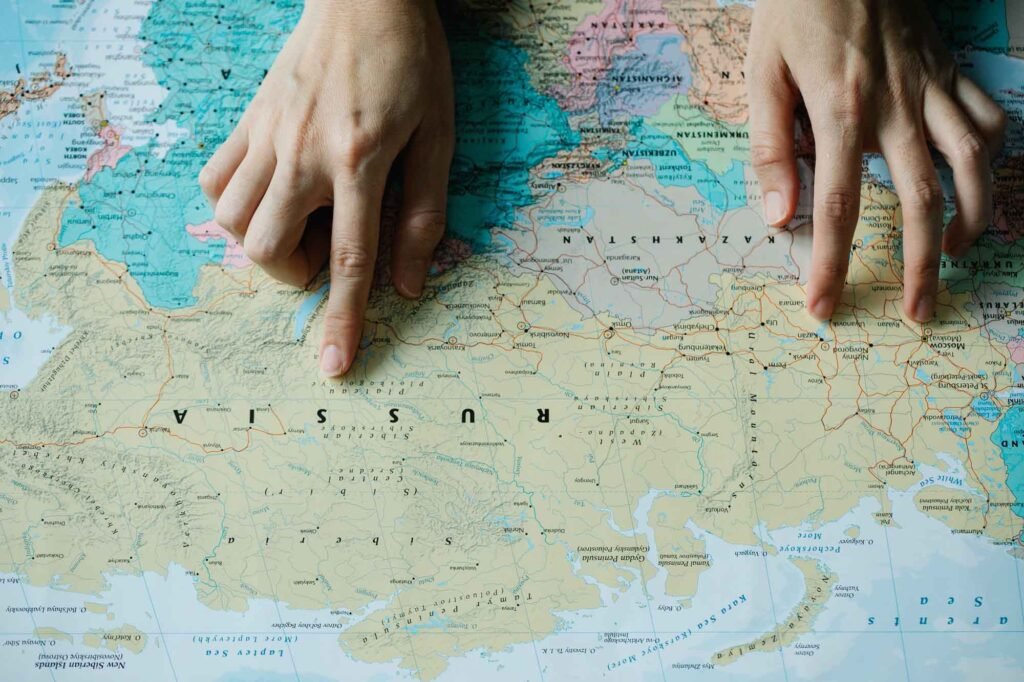
2. Early Beginnings (9th-12th century)
The early beginnings of Russia can be traced back to the formation of the East Slavs, which took place around the 9th century. The East Slavs, made up of various tribes, were a people that practiced the Old Believer religion and had their own distinct language and culture.
The foundation of the Rus state was initiated by the Varangians, who were Norse traders and warriors. The Varangians established a series of trade routes, known as the Volga trade route, across what is now modern-day European Russia. Under the leadership of Rurik, a legendary Norse figure who became the first ruler in 862 AD, they founded a dynasty known as the Rurikids.
The birth of Kievan Rus, considered to be the early statehood for modern Russia and much of Eastern Europe, began with the establishment of Kiev around 882 AD by Oleg, a nobleman from Novgorod and a relative of Rurik. Under Oleg’s reign, Kievan Rus expanded dramatically and organized its civil administration and military force.
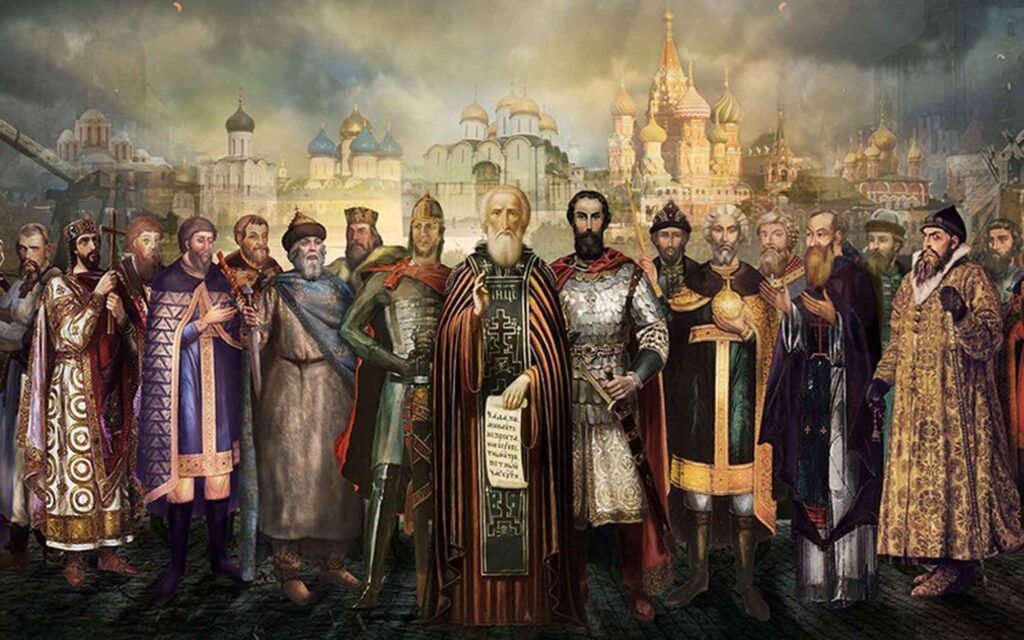
Kievan Rus flourished under Prince Vladimir the Great (reigned 980 to 1015), who adopted Christianity as an official religious doctrine in 988 AD. This pivotal event in Russian history not only united various tribes under a common religion but also greatly influenced Russian culture for centuries to come.
In the mid-12th century, Kievan Rus began to decline due to ongoing internal disputes among different factions and city-states. The Mongol invasion in 1237 almost completely destroyed Kiev and brought about Tatar-Mongol rule over most Russian territories.
In response to this foreign dominance, various principalities fought against Mongol rule – most notably Moscow. Over time, Moscow emerged as the leading power to challenge Tatar-Mongol control. It was Ivan III “the Great” (1462-1505) who finally liberated Russia from the Tatar yoke in 1480 and established the Grand Duchy of Moscow as a precursor to a unified Russian state.
From this point on, Russia underwent various waves of expansion, power consolidation, and westernization under leaders such as Ivan IV “the Terrible,” Peter the Great, and Catherine the Great. The country continued its evolution through political upheaval, dynastic shifts, and war, eventually emerging as the powerhouse it is today.

3. Rise of Moscow and Muscovy (12th-16th century)
The rise of Moscow and Muscovy was an important historical turning point that laid the foundation for the future Russian Empire. The growth of Moscow as a powerful principality and its successful unification of Russian lands under its rule forever changed the course of Russian history.
Origins of Moscow
Moscow can trace its origins back to the 12th century when it was founded by Prince Yuri Dolgorukiy. Initially a small trading post, it quickly grew due to its strategic location at the crossroads of major trade routes that connected Northern Europe with Asia. Its advantageous location allowed it to become an important commercial center, which attracted people from various ethnic backgrounds.
Rise of Moscow under Ivan I
The rise of Moscow truly began under the rule of Ivan I, also known as Ivan Kalita or Ivan Moneybags. In the early 14th century, he managed to secure recognition from the Mongol rulers (the Golden Horde) as the Grand Prince of Vladimir, making him one of the most influential figures in Russia at the time. Ivan was able to skillfully use his position to accumulate wealth and expand Moscow’s territories through diplomacy rather than military campaigns.

The influence and power of Moscow continued to grow during this time due in part to its close relationship with the Orthodox Church. The Metropolitan’s residence—the highest-ranking bishop in Russian lands—moved from Vladimir to Moscow during this period, further bolstering its leadership role within Russia. This strong relationship between Moscow’s rulers and the Orthodox Church played a key part in centralizing authority around the Muscovite state.
Dmitry Donskoy and Battle of Kulikovo
Dmitry Ivanovich, better known as Dmitry Donskoy, is remembered in history for his role in consolidating Moscow’s power and challenging the Golden Horde. In 1380, he led a coalition of Russian principalities to victory over the Mongol forces at the Battle of Kulikovo. While the Mongols were able to regroup after a few years, this victory marked the beginning of a long and difficult struggle for independence that would ultimately be achieved by Donskoy’s successors.
Ivan III and the Grand Duchy of Moscow
Ivan III, also known as Ivan the Great, was a key figure in shaping Muscovy into a powerful and independent state. Under his rule (1462-1505), Moscow expanded its territories through conquests and diplomacy, eventually becoming the most powerful principality among Russian lands. Ivan III declared Moscow’s autonomy from the Golden Horde in 1480, thus laying the foundation for an independent Russian state. Additionally, he adopted the double-headed eagle as Russia’s emblem, signifying its transformation into a unified country.
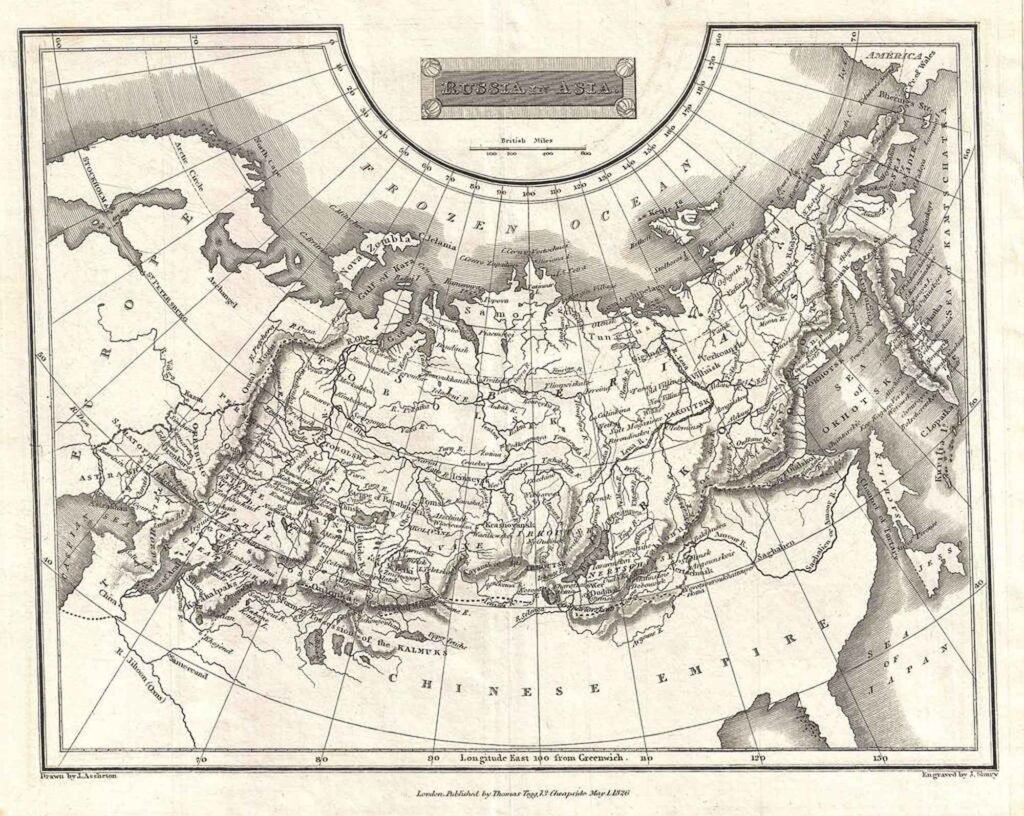
4. The Romanov Dynasty (17th-18th century)
During the 17th century, Russia experienced a significant transition in power with the rise of the Romanov Dynasty. This era was characterized by an unprecedented transformation from an underdeveloped nation into a dominant European empire.
In 1613, as chaos ensued after the Time of Troubles, sixteen-year-old Mikhail Romanov was unexpectedly chosen to lead Russia at the behest of the Zemsky Sobor (the national assembly). With a facade of modest origins, Mikhail’s rule began quietly but steadily laid the groundwork for his descendants to build upon.
Under the Romanovs, Russia expanded its territory through numerous wars and organized colonization. One member of the dynasty who played a crucial role in Russian expansion was Peter the Great (1682-1725). Peter modernized Russia by implementing several reforms, such as centralizing government authority, promoting education and science, and creating a formidable army based on Western standards. Perhaps his most enduring contribution was forging a modern Russian navy and founding the city of St. Petersburg as a new capital, symbolizing Russia’s new role as an emerging world player.

As Catherine the Great’s reign (1762-1796) descended upon Russia, she continued Peter’s work by further reforming Russia’s domestic politics and expansionist ambitions. Under her rule, she gained vast territories such as Crimea and Belarus by winning wars against countries like Turkey and Poland. Her contributions to culture transformed St. Petersburg into a center for arts, philosophy and intellectual dialogue that attracted luminaries like Voltaire and Diderot.
However, not all members of the Romanov family were forward-thinking or capable rulers. Weak leadership during Nicholas II’s reign (1894-1917) only highlighted growing unrest within Russia caused by social inequalities and hardships faced by the general population. The disastrous consequences of World War I only compounded these issues.
Ultimately, the Romanov Dynasty will always be remembered for its transformational role in shaping Russia’s political, economic, and cultural landscapes. From Peter the Great’s modernization efforts to Catherine the Great’s cultural revolution, this period is a testament to the lasting legacy of this powerful family.

5. Imperial Russia (19th century): The Emergence of a World Power
The 19th century was a pivotal period in Russian history, as the vast and diverse country transitioned from a feudal society to a modern empire. During this era, under the rule of powerful tsars, Russia emerged as a significant world power.
The Era of Reforms
As Russia entered the 1800s, it was evident that change was imminent. Alexander I, who reigned from 1801 to 1825, initiated a series of crucial reforms in education and administration.
In 1804, the Russian Education Reform aimed at creating an organized system of public schools and universities throughout the empire. This fostered intellectual growth and development while preparing future generations for leadership positions in various sectors.
Following Alexander I’s reign, his brother Nicholas I took power from 1825 to 1855. After quelling the Decembrist uprising in St. Petersburg—led by military officers seeking constitutional reforms—Nicholas implemented strict censorship and maintained firm control over the nationalist movement.
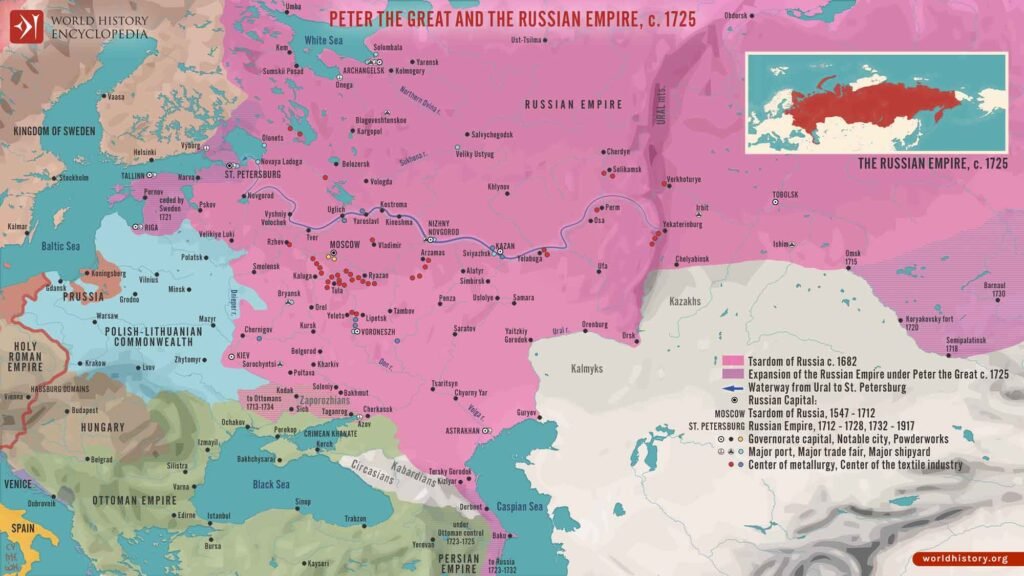
Crimean War (1853-1856)
The Crimean War brought home the reality of Russia’s backwardness compared to Western Europe in terms of technology and infrastructure. The humiliating defeat at the hands of Great Britain, France, and their allies prompted Alexander II to embark on transformative domestic reforms.
It was a conflict primarily fought between the Russian Empire and an alliance of the Ottoman Empire, France, Britain, and Sardinia. The immediate catalyst was a dispute over control of religious sites in Jerusalem, which escalated into a broader conflict involving territorial ambitions and power struggles.
The war is notable for being one of the first to be extensively documented by the media, with reporters such as William Howard Russell providing vivid accounts of the harsh conditions and inefficiencies of military operations. The conflict is also remembered for the pioneering work of Florence Nightingale, who revolutionized nursing practices and medical care during the war.
Despite the scale of the conflict and the involvement of major European powers, the war did not result in significant territorial changes. The Treaty of Paris in 1856 ended the hostilities, reaffirming the integrity and independence of the Ottoman Empire while placing limitations on Russian naval power in the Black Sea.

Emancipation of Serfs (1861)
Arguably the most significant reform during Imperial Russia’s 19th-century history was Alexander II’s Emancipation Edict in 1861. This proclamation granted freedom to serfs living on state land or privately owned estates—an estimated 20 million enslaved peasants. However, former serfs still faced numerous obstacles like high redemption payments and limited land availability.
Industrialization
The late 19th century marked Russia’s rapid expansion and modernization. Under Alexander III and Nicholas II, efforts to industrialize Russia intensified, particularly in the 1890s. Key investments in railroads, coal, iron, steel industries, and the Trans-Siberian Railway contributed to significant economic growth.
Political Turmoil
Russia’s accelerating industrialization resulted in stark social disparities with a rising proletariat. The late 19th century witnessed rising tension between the tsarist government and the masses demanding political rights.
In 1905, following Russia’s humiliating defeat in the Russo-Japanese War, the empire faced nationwide strikes and protests culminating in Bloody Sunday—when peaceful protesters were shot by tsarist forces. These events triggered wide-scale reforms, leading to the establishment of the Duma—a semi-democratic representative assembly—though its powers remained considerably limited under Nicholas II.
The 19th century saw Imperial Russia’s rise as an influential world power driven by sweeping reforms and rapid industrialization. Although unified under tsarist rule, deep-seated internal unrest emerged which would result in the Russian revolution and the subsequent Soviet rule.

6. The Russian Revolution and Soviet Era (1917-1991)
The Russian Revolution and Soviet Era marked a turning point in the history of Russia, as it led to the establishment of a powerful communist state and initiated a period of radical social and political transformation. This critical moment significantly shaped the course of Russia’s development in the 20th century.
In the late 19th and early 20th centuries, discontent with the autocratic rule of Tsar Nicholas II led to growing tensions among various social classes. Populist movements started sprouting across Russia, advocating for social reforms and improved quality of life for workers. The Revolution was divided into two main events: the February Revolution of 1917 and the October Revolution.
The February Revolution began on March 8, 1917 (February 23 in the Julian Calendar), triggered by widespread shortages of food and fuel. Protests erupted throughout Petrograd (now St. Petersburg), leading to the eventual abdication of Tsar Nicholas II on March 15. In his absence, a Provisional Government formed, marking the end of more than three centuries of Romanov dynasty rule.
However, this Provisional Government was soon plagued with weaknesses and internal conflicts. Meanwhile, Vladimir Lenin’s Bolshevik Party gained momentum among workers, soldiers, and peasants. In October 1917 (again based on the Julian Calendar), supported by the armed forces, Lenin orchestrated a coup d’etat against the Provisional Government, leading to the formation of a Soviet government.

After a bloody civil war between pro-communist Red Army forces and counter-revolutionary White Army forces from 1918 to 1922, the Red Army emerged victorious. In its wake, the Soviet Union was formed in December 1922 under Lenin’s Communist regime.
Lenin’s death in 1924 led to political strife within the Party. It wasn’t long before Joseph Stalin came out as its indisputable leader by consolidating control and sidelining his rivals. Stalin’s rule is widely recognized for its brutality and ruthlessness. The forced collectivization of agriculture caused the Great Famine of 1932-33, leading to millions of casualties.
Simultaneously, Stalin’s persistence for rapid industrialization made the Soviet Union a global economic power while remaining a totalitarian state. Known for its Great Purges from 1936 to 1938, the era witnessed brutal repression, arrests, executions, and forced labor camps affecting millions.

Despite such atrocities, the Soviet Union emerged as a superpower after World War II. Under its new leader, Nikita Khrushchev, policies changed significantly with a slight thaw in relations with the West and de-Stalinization attempts. However, tensions with the US didn’t ease completely leading to an intense arms race throughout the Cold War period.
Leonid Brezhnev (1964-1982) marked the beginning of a period known as the Era of Stagnation in Soviet Russia. Under his rule, the country experienced a significant reduction in economic growth and increasing corruption. Over the years, he became more focused on maintaining power than implementing reforms necessary for the nation’s progress. His administration was plagued by cronyism, and the Soviet Union began to lag behind Western countries in terms of technology and overall development.
Despite these issues, Brezhnev focused on strengthening Soviet military power, reinforcing its position as a global superpower during the Cold War. However, this came at the expense of domestic development and created an overwhelming dependency on wartime economy.

Following Brezhnev’s death in 1982, Yuri Andropov and Konstantin Chernenko held brief reigns as his successors. Unfortunately, neither leader produced any significant changes or managed to bring the Soviet Union out of stagnation.
In 1985, Mikhail Gorbachev rose to power as General Secretary of the Communist Party of the Soviet Union (CPSU). He embarked on an ambitious attempt to reform and modernize the country through policies like “glasnost” (openness) and “perestroika” (restructuring), which sought economic liberalization and encouraged political transparency. Gorbachev’s reforms targeted cronyism and corruption within the government while encouraging private enterprises.
However, Gorbachev’s reforms had unintentional consequences that led to further decline in Russia’s economy, leading to widespread dissatisfaction amongst the population. This unrest facilitated nationalist movements within Soviet republics, which would eventually precipitate their separation from USSR.
The events of August 1991 witnessed a failed coup attempt by hardline conservatives against Gorbachev. This proved to be the final nail in the coffin for the Soviet Union. Final dissolution of the Soviet Union occurred on December 26, 1991.
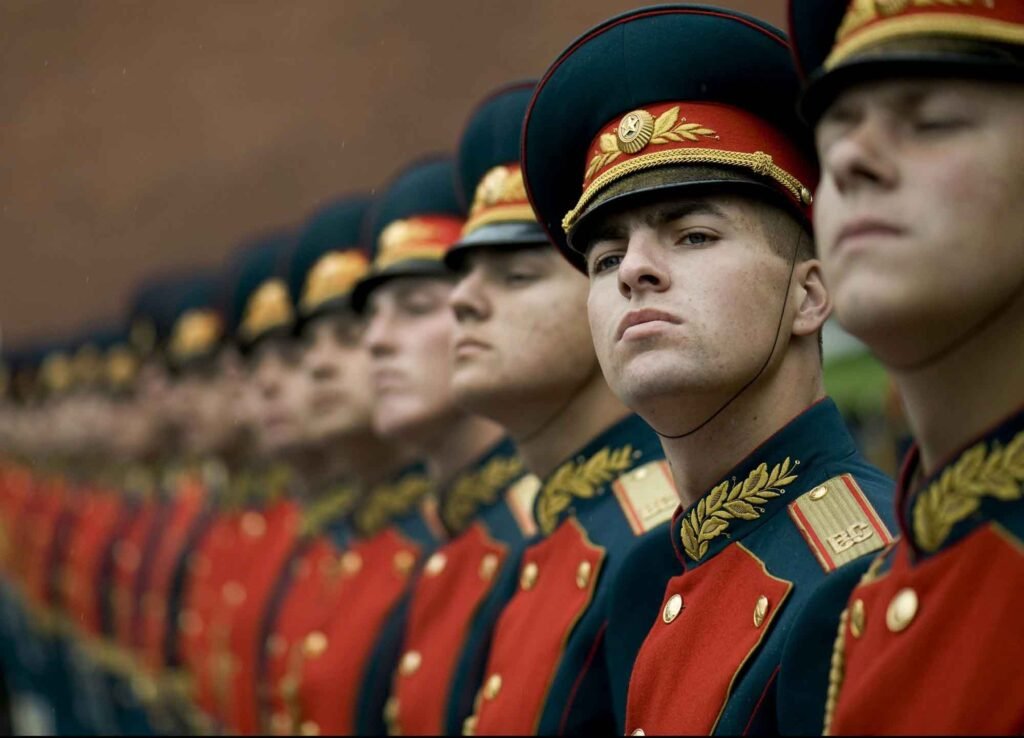
7. Modern Independent Russia (1991-present)
The collapse of the Soviet Union in 1991 marked the beginning of a new era for Russia. This period, known as modern independent Russia, has been characterized by political and economic transformations, as well as periods of turmoil and recovery.
Boris Yeltsin was elected president in 1991 and oversaw the transition from a centrally planned economy to a market-based one. The early years of Yeltsin’s presidency were marked by economic struggles and a rapid decrease in state power. Privatization schemes led to the rise of oligarchs who amassed vast fortunes by acquiring state-owned assets at minimal prices.
The devaluation of the ruble, inflation, and falling living standards sparked widespread social unrest, culminating in the 1993 Russian constitutional crisis, when Yeltsin ordered troops to fire on rebellious legislators who were attempting to seize control of the government.

In 1999, Yeltsin appointed Vladimir Putin as prime minister and subsequently resigned, making Putin acting president. Putin was elected president in 2000 and has held either the presidency or prime ministership since then. Under Putin’s leadership, Russia experienced an economic boom fueled primarily by high oil prices and an increase in domestic consumption.
On the global stage, Putin has sought to reassert Russian influence through strategic partnerships with other countries, such as China and Iran. He has also displayed aggression towards neighboring countries like Georgia (in a five-day war in 2008) and Ukraine (annexing Crimea in 2014 and occupying parts of Ukraine in 2022 to present). These actions have strained relations with Western nations.

Modern Russia continues to face numerous challenges. The economy remains reliant on natural resources exports, which makes it highly vulnerable to changes in international markets. Inequality remains an issue due to disparities between urban centers like Moscow and St. Petersburg and rural areas.
Modern independent Russia has experienced dramatic changes. From the struggle to transition to a market economy to the resurgence of global influence under Putin, the nation has gone through periods of turmoil and relative stability. Despite these challenges, Russia remains a significant player on the world stage as it continues to adapt and shape its future.
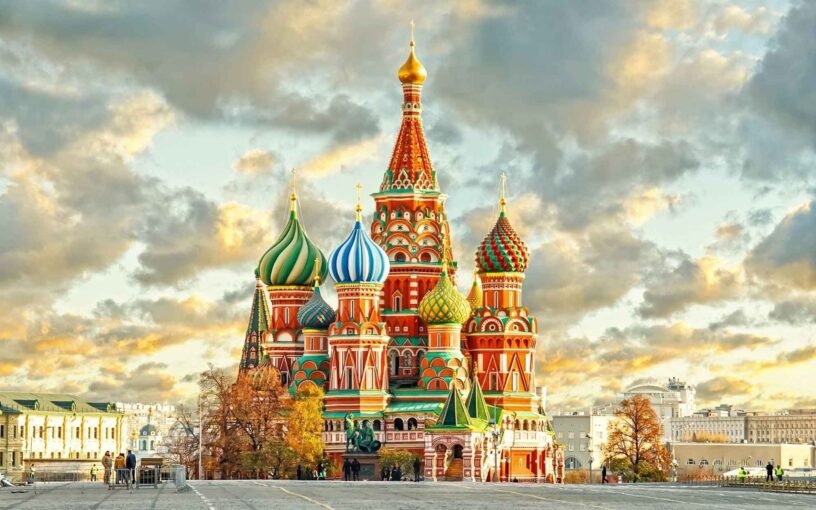
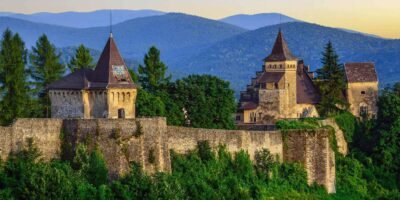
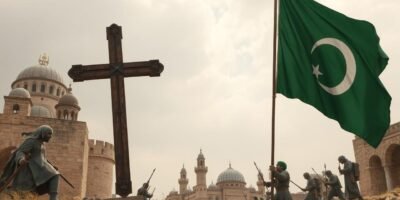
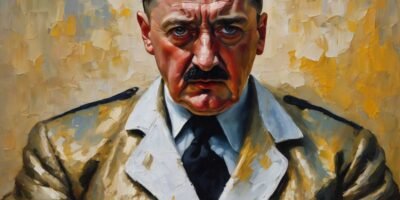
Leave a Reply